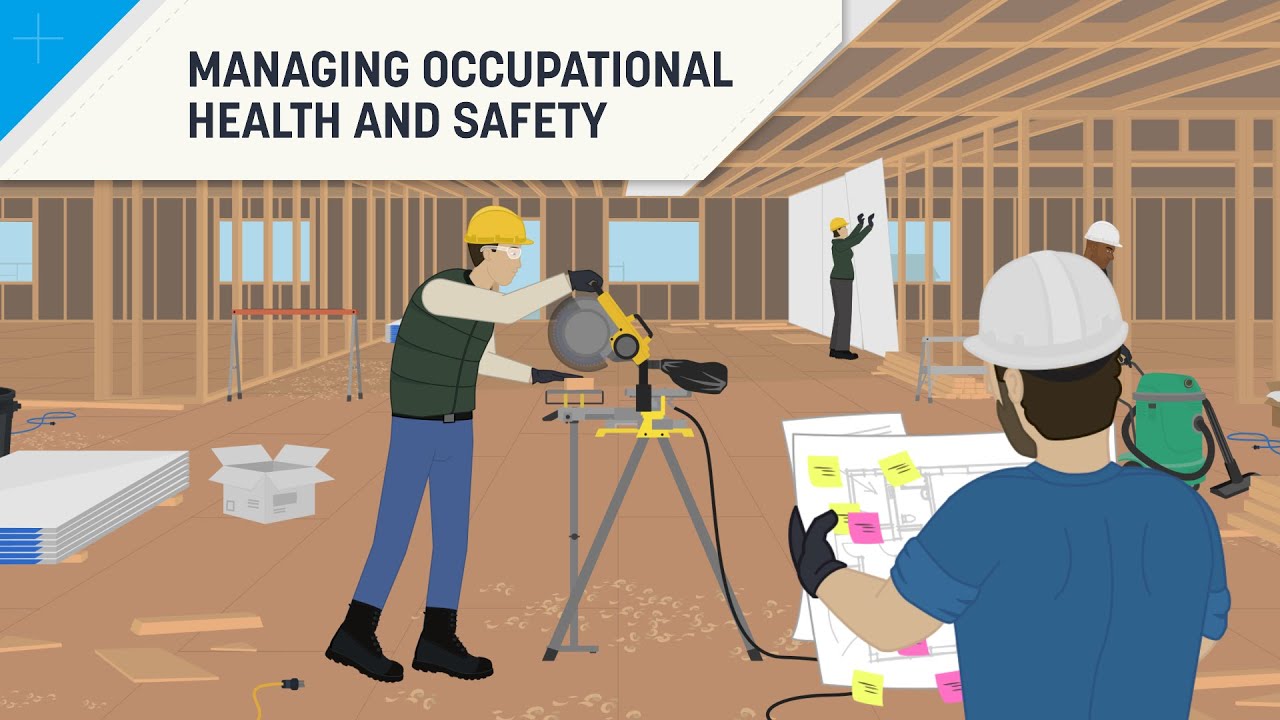Occupational health and safety is a critical aspect of any business. It is important for employers to provide their employees with a safe and healthy working environment. The goal of occupational health and safety is to reduce the risk of injury and illness in the workplace. It is essential for businesses to take the necessary steps to ensure that their employees are safe and healthy while they are at work.
Why Is Occupational Health and Safety Important?
Occupational health and safety is important for several reasons. First, it helps to reduce the risk of injury and illness in the workplace. This can help to prevent accidents and reduce the amount of time that employees need to take off work due to illness or injury. Second, it can help to improve the morale of employees, as they feel more secure and comfortable in their work environment. Third, it can help to reduce the costs associated with workplace accidents, as fewer accidents mean fewer claims and less money spent on medical bills. Finally, it can help to protect the reputation of the business, as a safe and healthy workplace is often seen as a sign of a responsible employer.
What Are the Benefits of Occupational Health and Safety?
There are many benefits to implementing an effective occupational health and safety program. First, it can help to improve employee morale, as they feel more secure and comfortable in their work environment. Second, it can help to reduce the costs associated with workplace accidents, as fewer accidents mean fewer claims and less money spent on medical bills. Third, it can help to protect the reputation of the business, as a safe and healthy workplace is often seen as a sign of a responsible employer. Finally, it can help to increase productivity, as employees are more likely to be productive when they feel safe and healthy in their work environment.
What Are the Components of an Occupational Health and Safety Program?
An effective occupational health and safety program should include the following components:
- Risk assessment – This involves assessing the risks in the workplace and taking steps to reduce or eliminate them.
- Training and education – This involves providing employees with the necessary training and education to ensure they are aware of the risks and how to prevent them.
- Inspection and maintenance – This involves regularly inspecting the workplace to identify any potential hazards and taking steps to fix them.
- Emergency response – This involves having a plan in place to deal with any emergencies that may arise.
How Can Businesses Implement an Effective Occupational Health and Safety Program?
There are several steps that businesses can take to implement an effective occupational health and safety program. First, they should assess the risks in the workplace and take steps to reduce or eliminate them. Second, they should provide employees with the necessary training and education to ensure they are aware of the risks and how to prevent them. Third, they should regularly inspect the workplace to identify any potential hazards and take steps to fix them. Finally, they should have a plan in place to deal with any emergencies that may arise.
Conclusion
In conclusion, occupational health and safety is an important aspect of any business. It is essential for employers to provide their employees with a safe and healthy working environment. The goal of occupational health and safety is to reduce the risk of injury and illness in the workplace. There are many benefits to implementing an effective occupational health and safety program, including improved employee morale, reduced costs associated with workplace accidents, and protection of the business’s reputation. Businesses should take the necessary steps to ensure that their employees are safe and healthy while they are at work.




